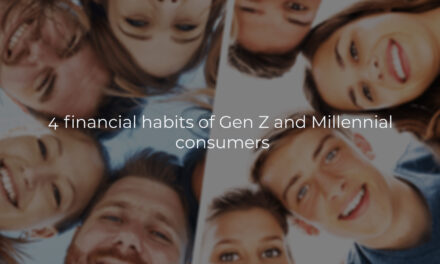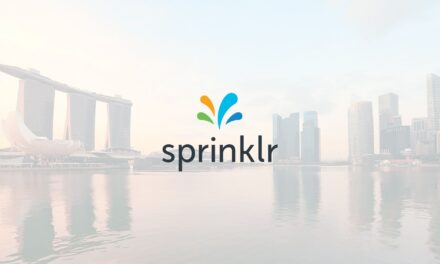Mobile marketing trends in 2024 will be shaped by the changing needs of marketers to focus on new metrics, and the ability to leverage tools in new ways as channels diversify, and the use of machine learning.

2024 promises to be challenging, but it will also certainly be one to remember. Here are some key trends we anticipate in the year ahead.
- Enhancing Your User Acquisition Strategy
To succeed in navigating the complexities of user acquisition (UA), brands will need to refine operations and harmonise data. UA is getting harder for advertisers considering the rising cost, market maturity in tier one markets, and the demands for better user experience.
In this environment, app developers have to turn to data-driven decision-making, real-time monitoring and optimisation, as well as cross-channel analytics to succeed. Developers can then manage advertising budgets efficiently, improve the effectiveness of their campaigns, and consider the long-term value to maximise the return on investment.
On top of that,marketers now have access to new ad formats, such as next-level interactive ads, that they can leverage to create captivating and interactive ad experiences. Such formats capture users’ attention, fuel engagement, and drive higher conversion rates. Embracing these emerging ad formats will empower marketers to stay ahead and deliver impactful campaigns that draw in new audiences.
- Increasing Spotlight on User Retention
We also anticipate user retention swiftly becoming a focal point in 2024. It is more cost-efficient to keep existing users than to acquire new ones. In an environment where user acquisition costs are soaring, brands now recognise the value of building and maintaining long-term customer relationships.
Take gaming apps for instance. Dedicated players who consistently engage with a game over time tend to significantly contribute to revenue streams via in-app purchases and advertising, securing a robust long-term return on investment.
Ad creative innovation can also further help improve brand retention in the year ahead. To get users to return to your app, interactive and playable ads have emerged as a potent tool in securing high-quality users who exhibit superior retention. These formats offer a taste of the app’s core experience upfront, allowing users to form realistic expectations and make informed decisions before downloading. This trial-before-you-buy approach leads to self-selected audiences with a predisposition for longer-term engagement.
There are already creative automation tools that marketers can tap on to create and iterate playable ads rapidly. DCO, NLP, and CV all help to make ad production quick and cost-effective, allowing for swift market adaptation and sustained user engagement without inflating budgets, an essential in 2024.
- Driving Engagement with Social Media
A core tenet of a successful user retention strategy is social media. Platforms like TikTok and Kwai, along with strategic influencer collaborations, will play a crucial role in amping up brand influence and driving conversions and retention in 2024. In the face of the social media surge, developers and brands will need to focus more on community engagement. Therefore, it is time to:- Prioritise Community Building: Shift resources towards nurturing and growing online communities where your audience is active.
- Transition from User Acquisition to Community Engagement: Move away from solely focusing on UA and develop strategies centred around community building and brand presence to foster deeper user operations.
By adapting the approach from aggressive UA campaigns to creating value within communities, brands can secure a more substantial, long-lasting position in their respective markets and create enduring relationships with audiences.
- The Rise of SaaS and Machine Learning
With the trends mentioned above, we therefore also see a pivot towards the adoption of integrated SaaS platforms that will unite tools for creative production, user acquisition, monetisation, and data analytics under one umbrella. These platforms will furnish developers with a wealth of actionable insights.
Machine Learning (ML) will take centre stage as well. Its application can improve the efficiency, personalisation, and creativity enhancement of enterprise marketing, enabling companies to better meet customer needs and improve market competitiveness.
We also foresee that more companies will supercharge their operations with ML, resulting in leaner teams. This shift prioritises advanced algorithms over human intervention and aims to maximise productivity amid economic challenges, balancing the need to achieve more with fewer resources.
Moreover, the potential of ML in transforming mobile advertising is immense. Data-driven personalisation is set to revolutionise how we target and engage users, offering tailor-made creative content that resonates with individual preferences and behaviours. This hyper-personalisation will not only improve user experience but also enhance ad effectiveness, and deep learning models’ capability in analysing vast datasets will allow for more precise targeting, ensuring that the right ads reach the right audience at the right time.


















